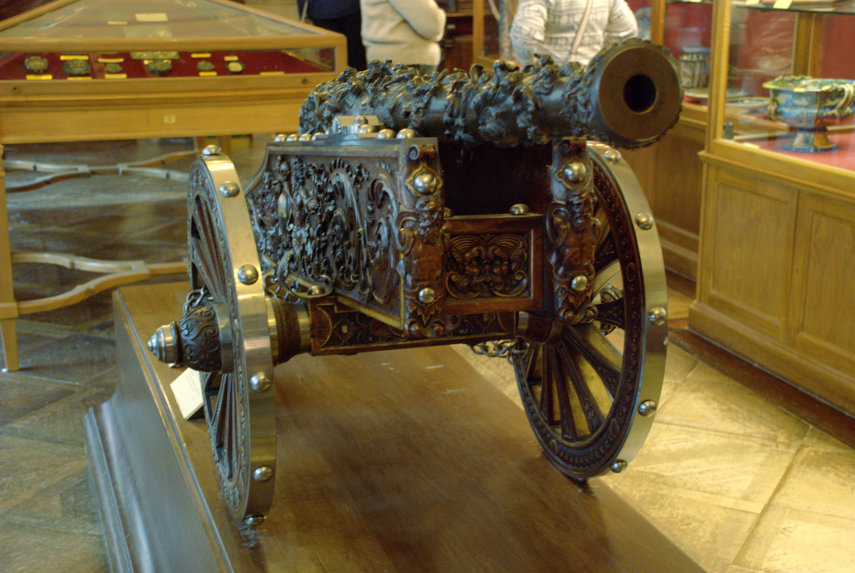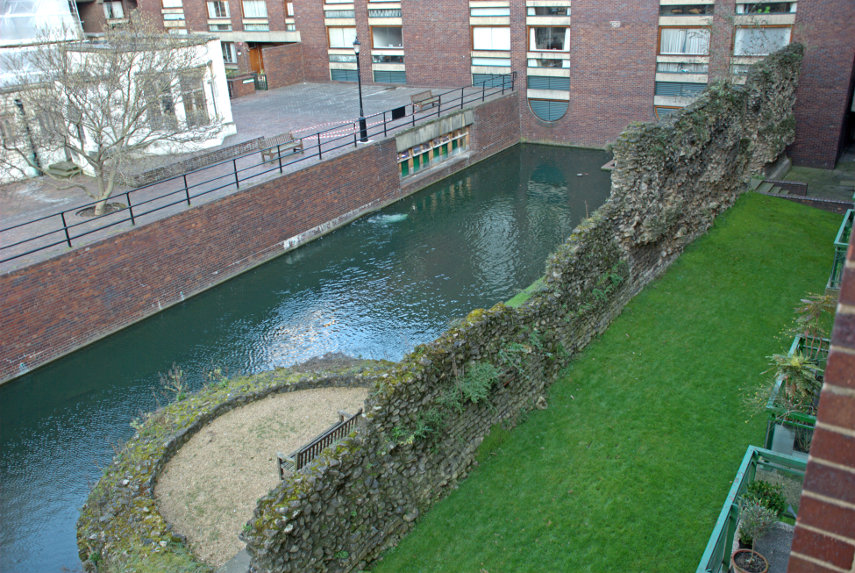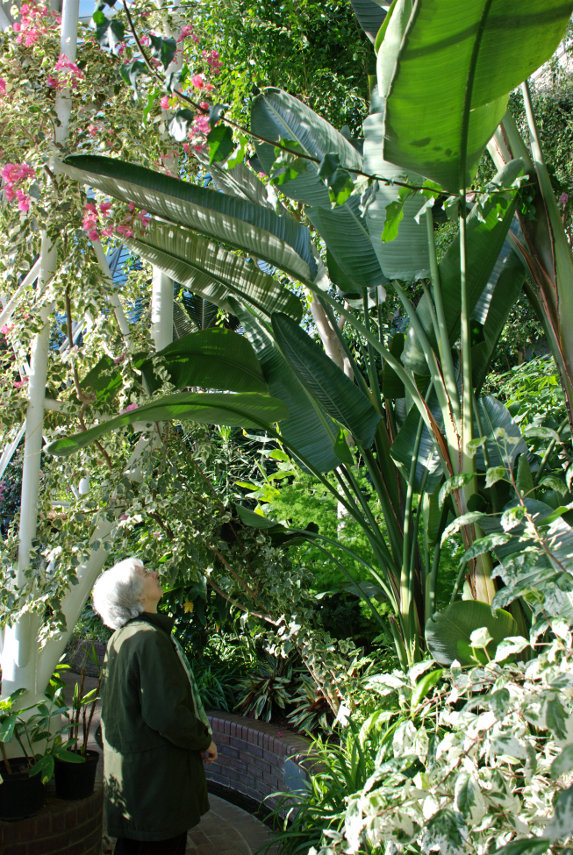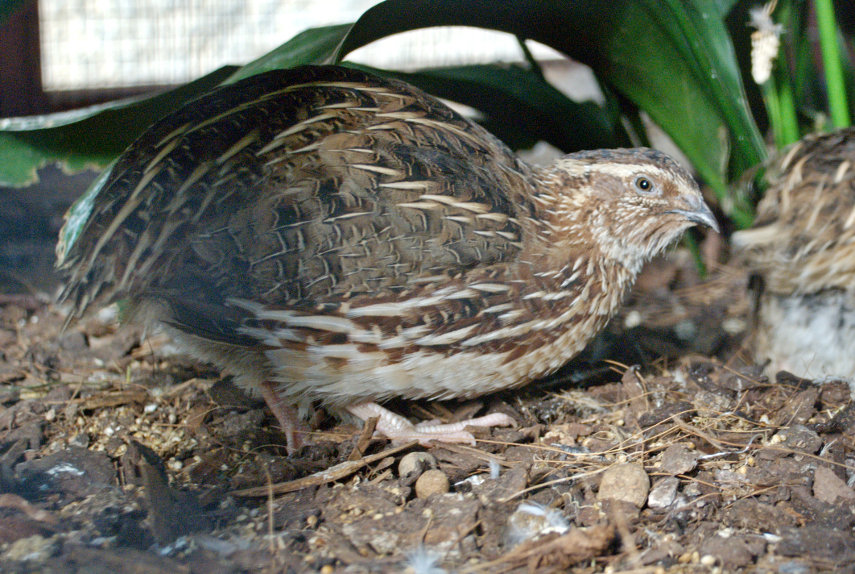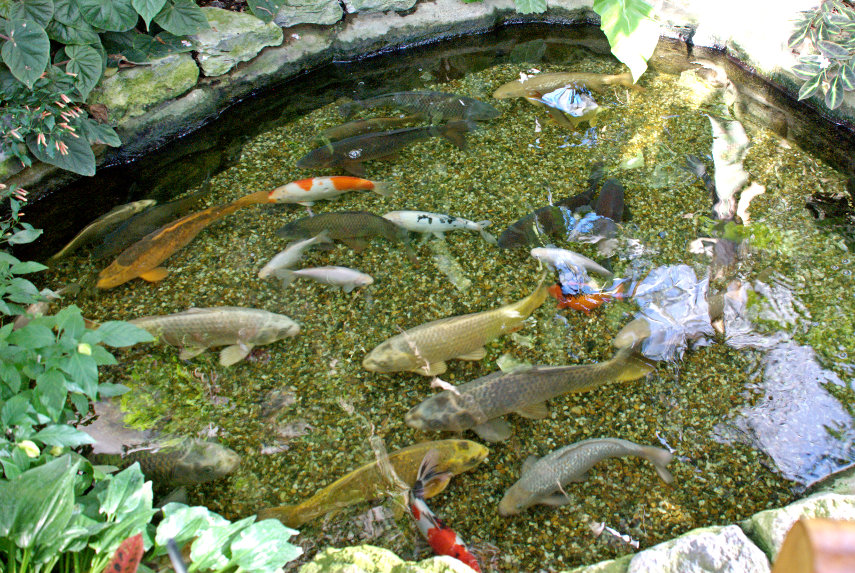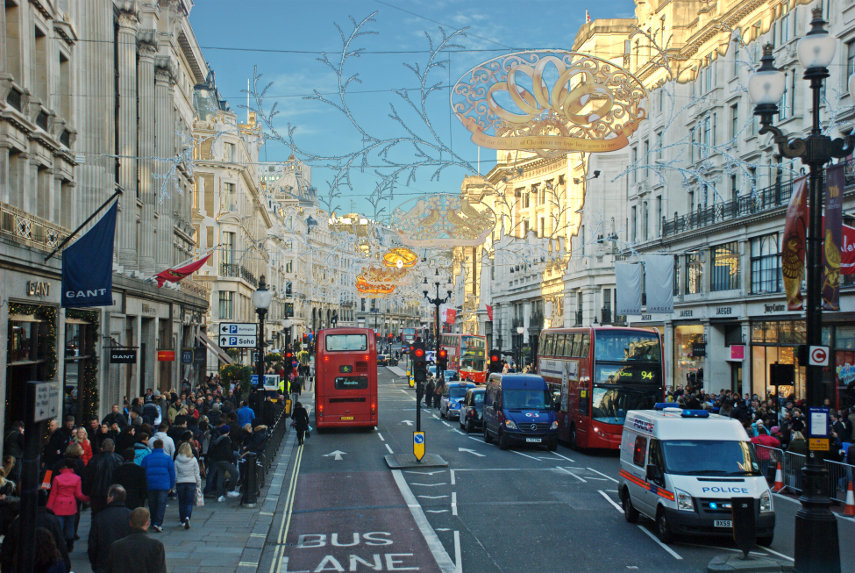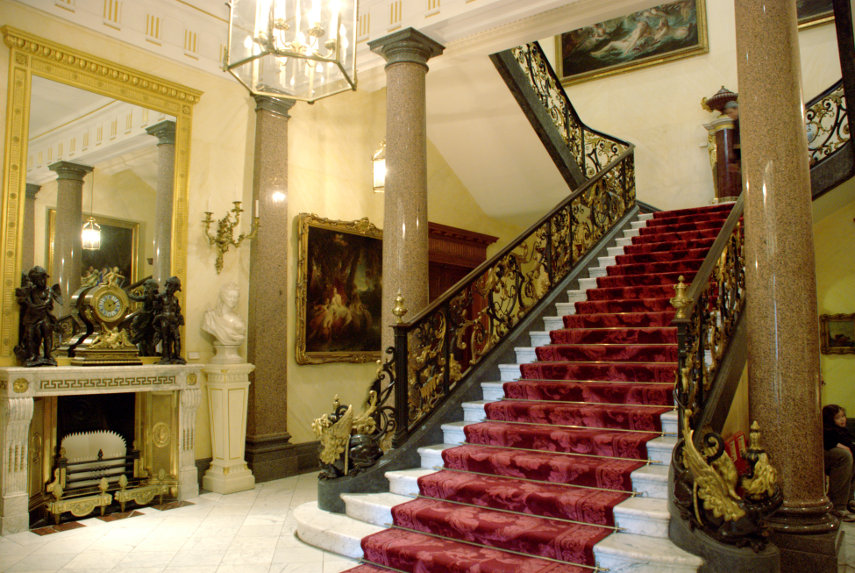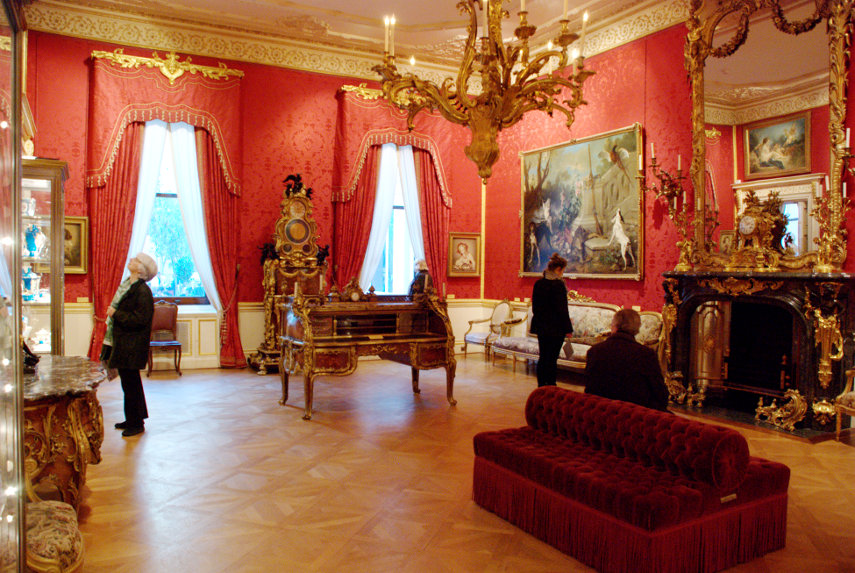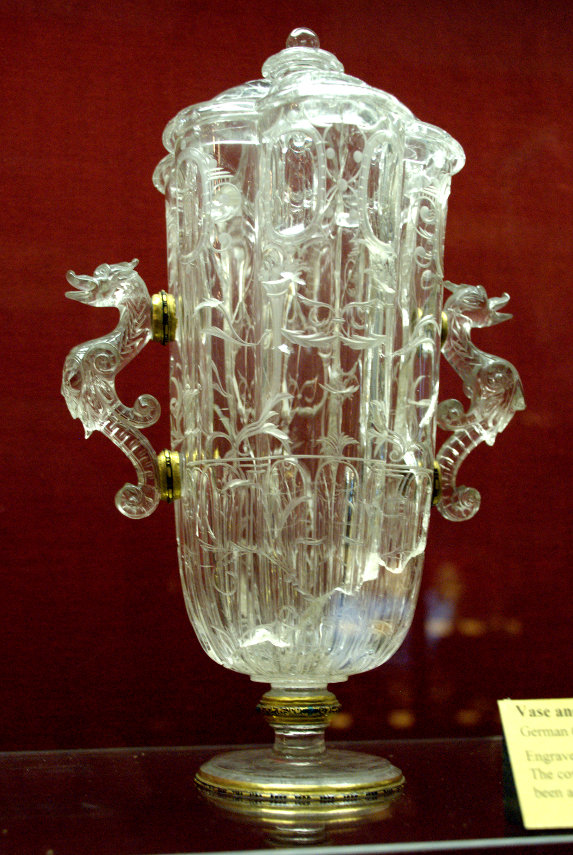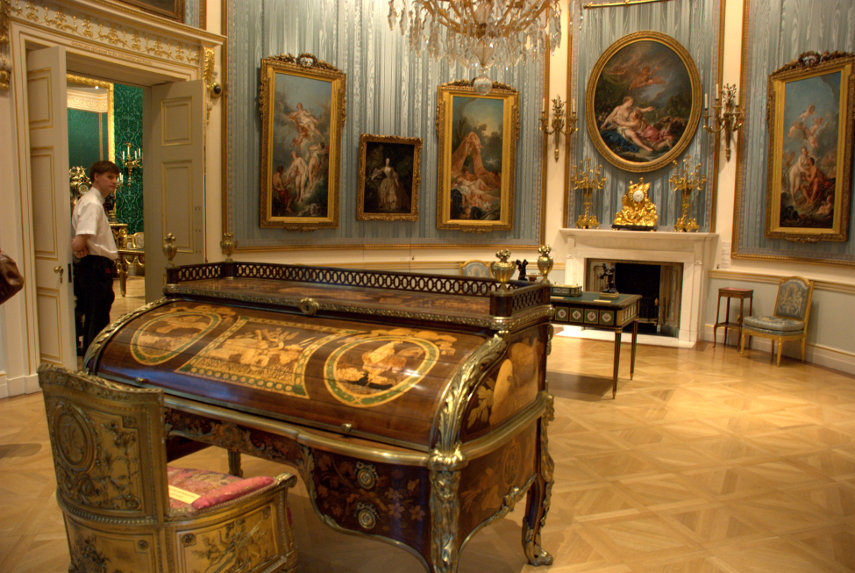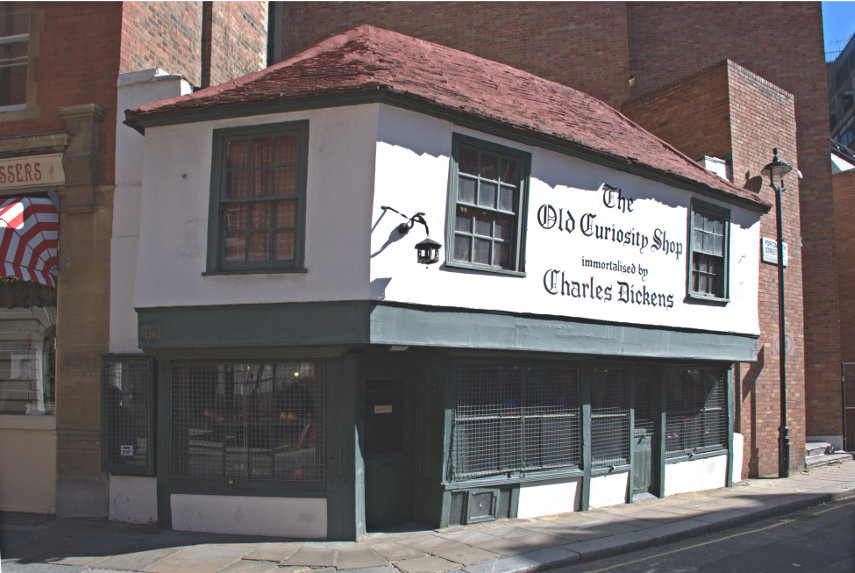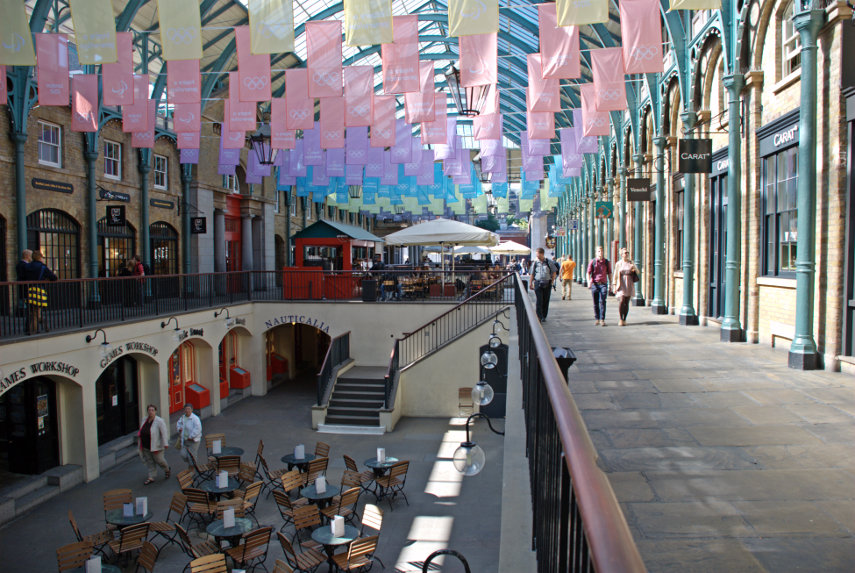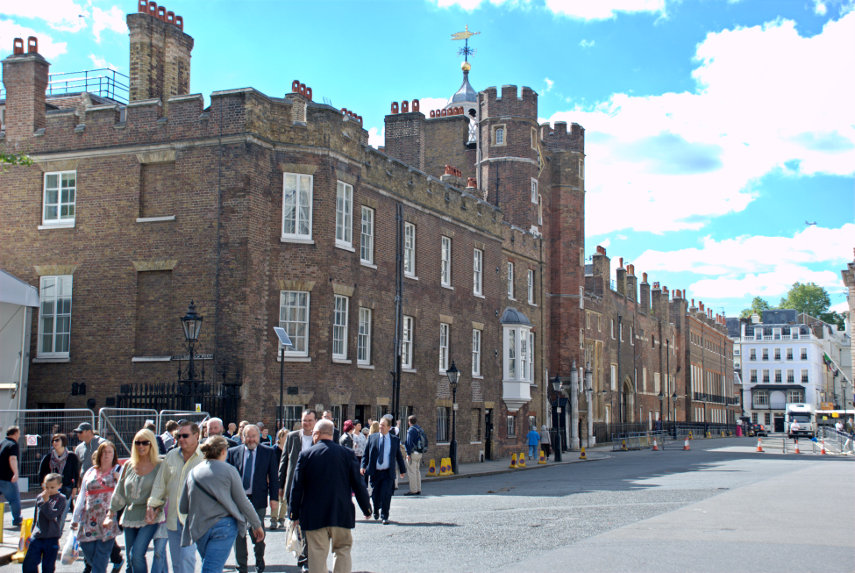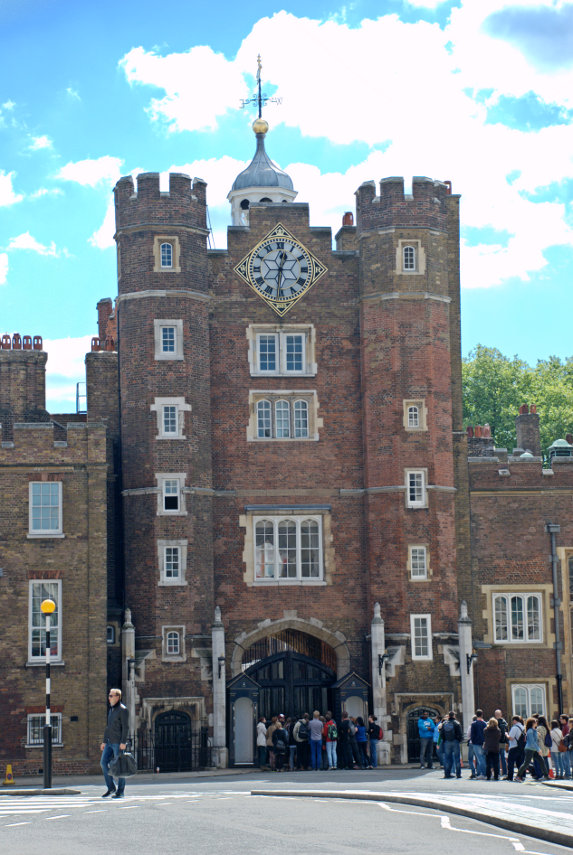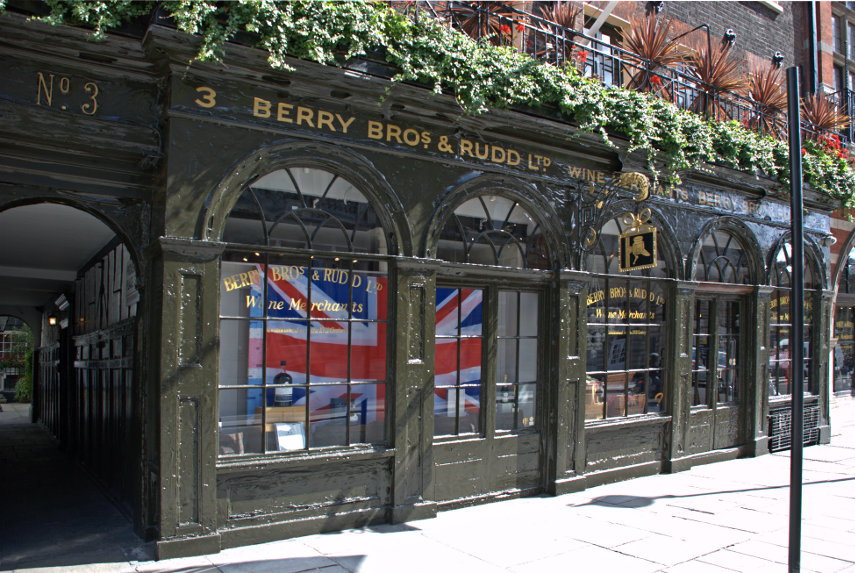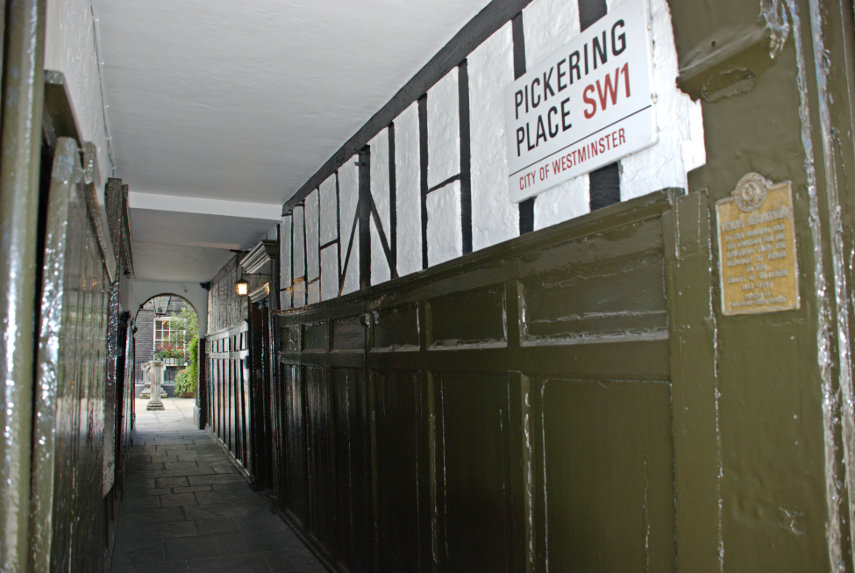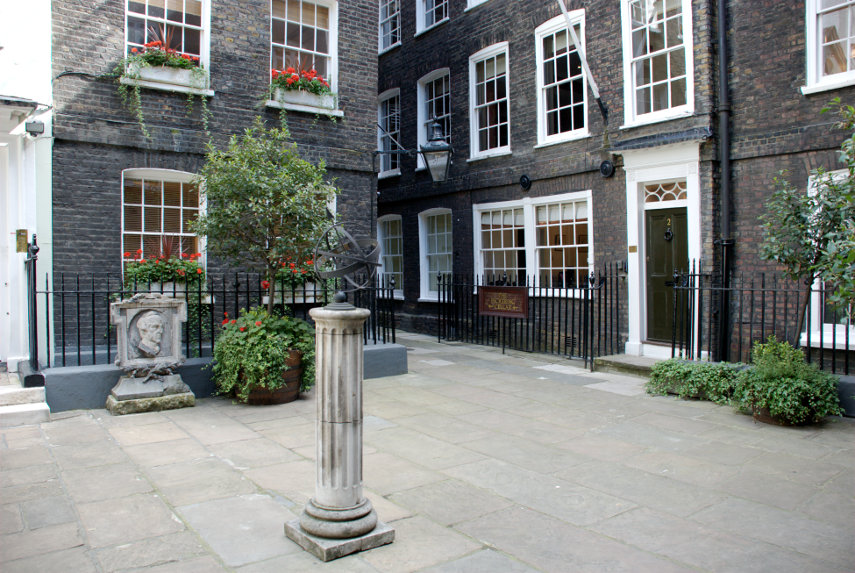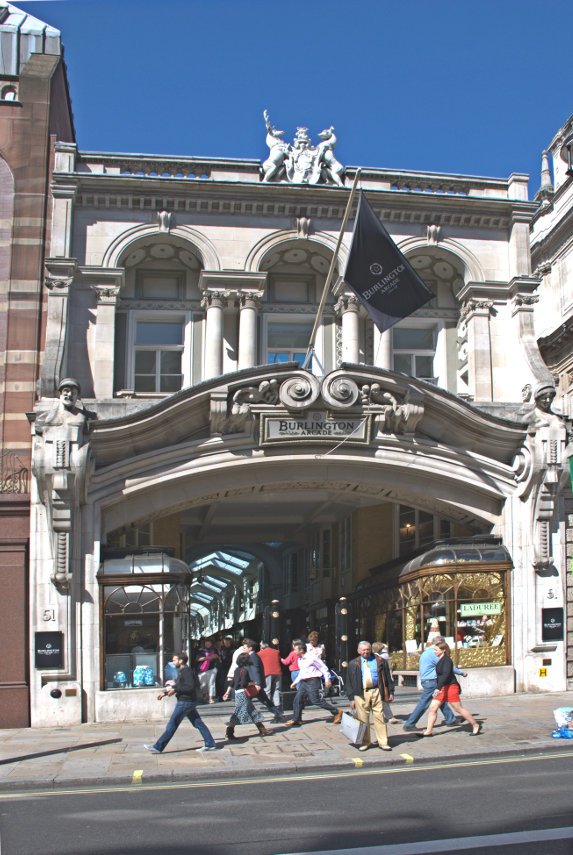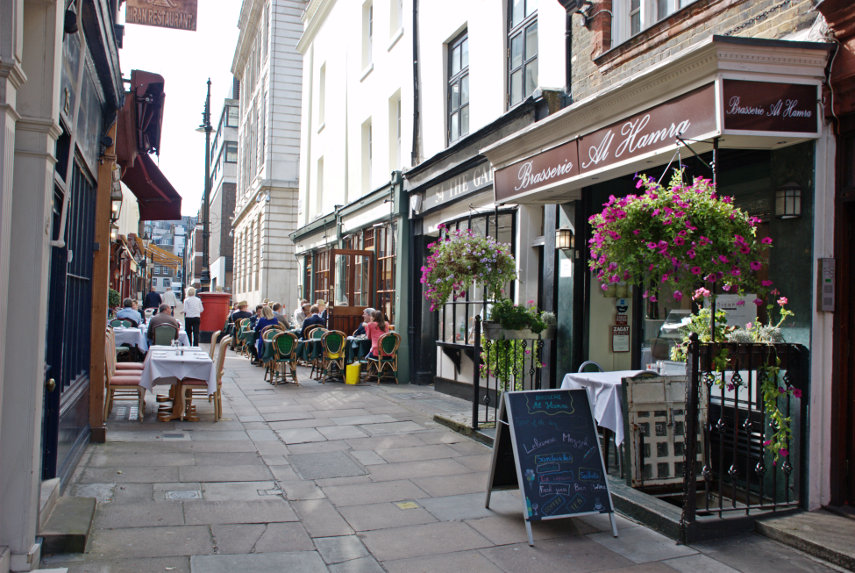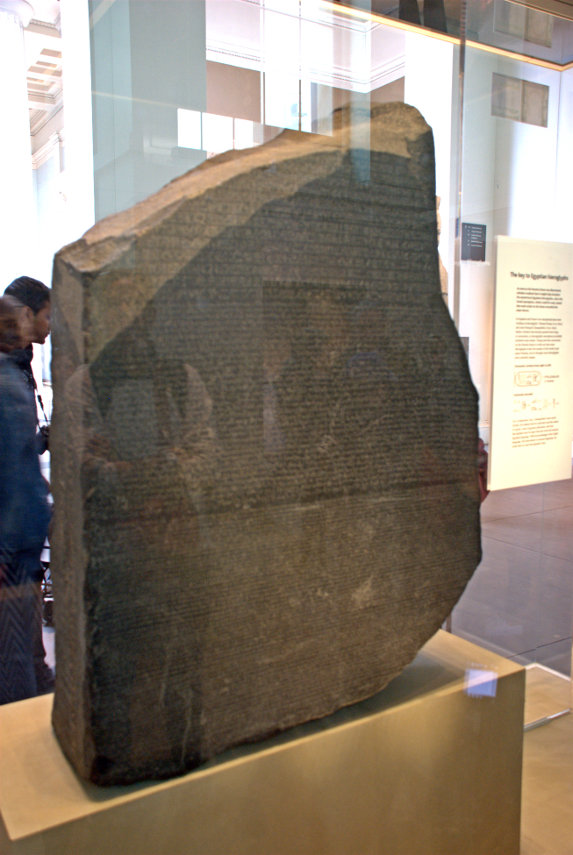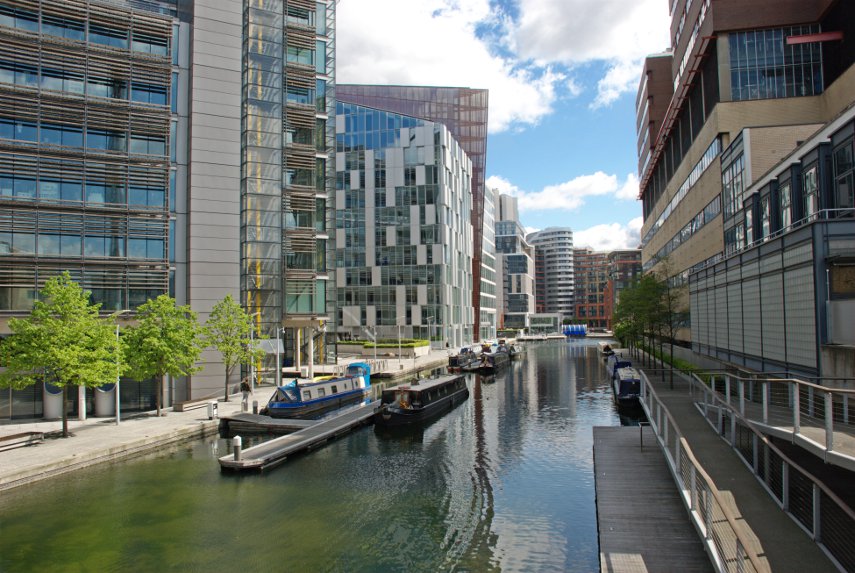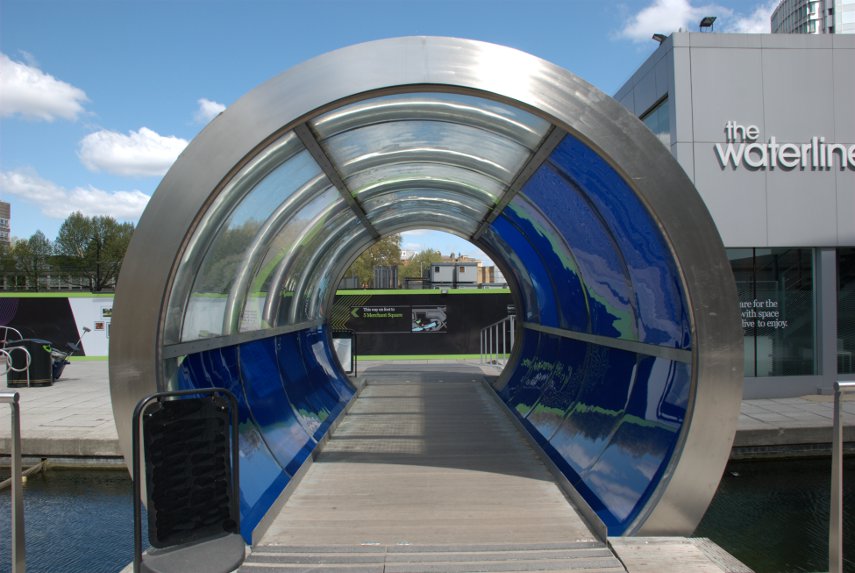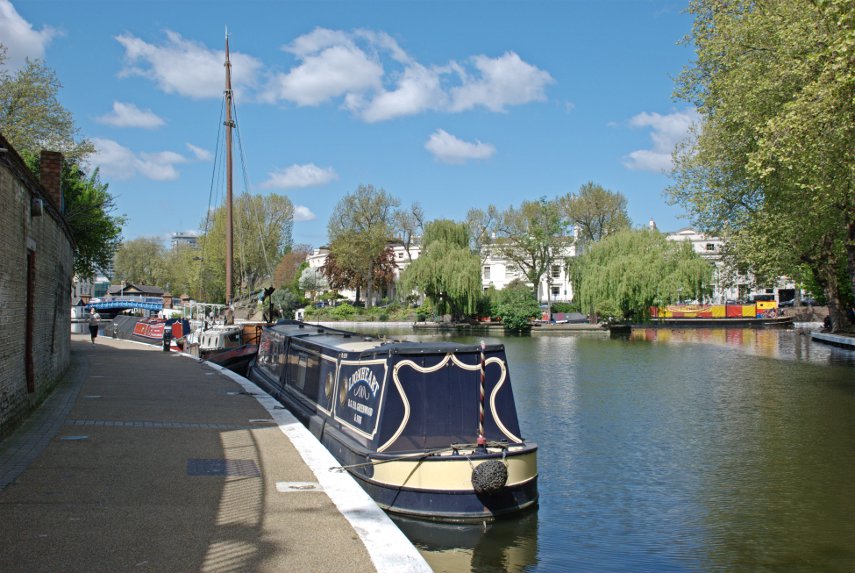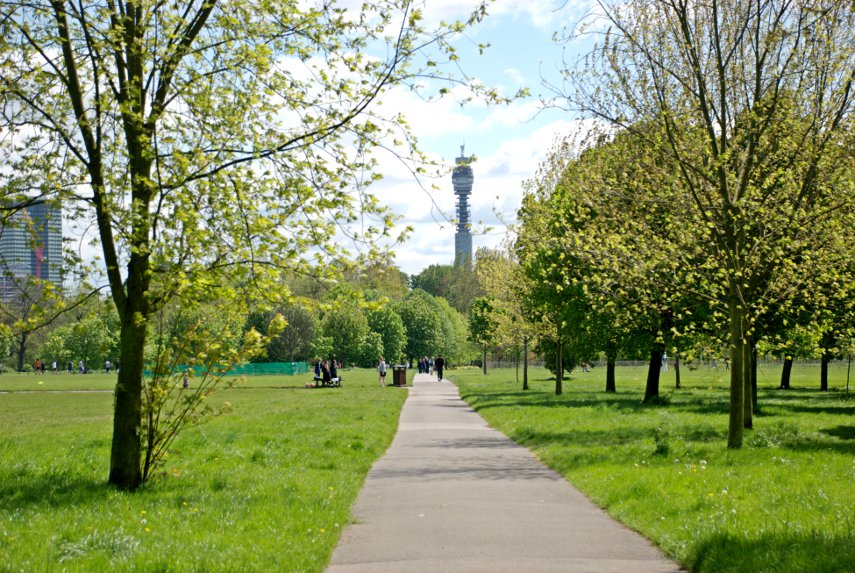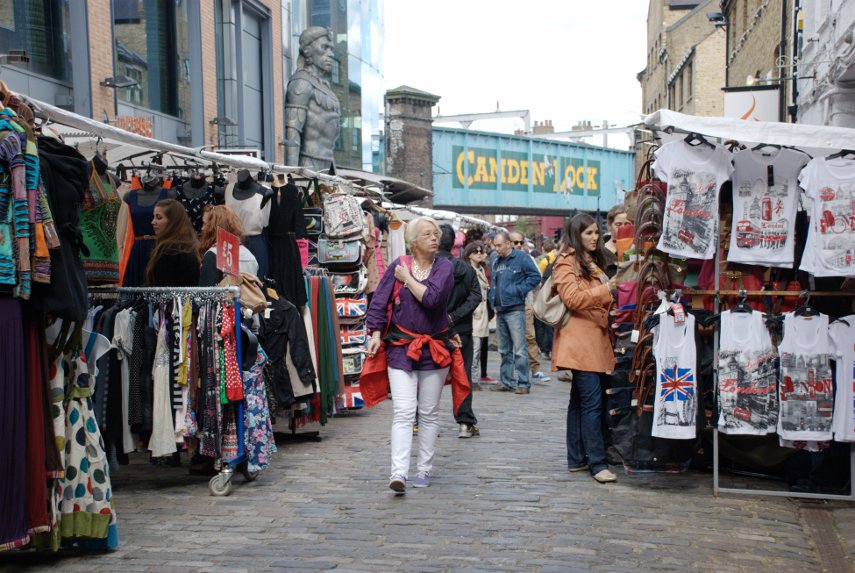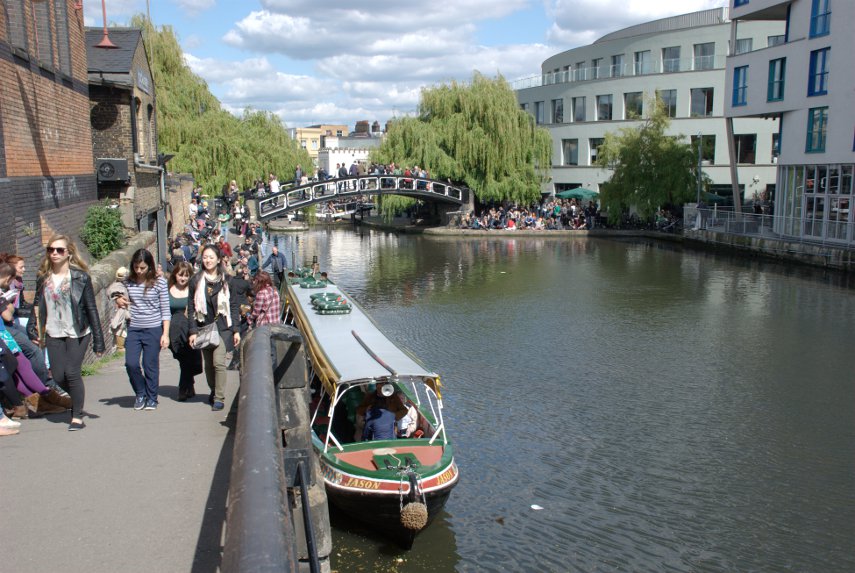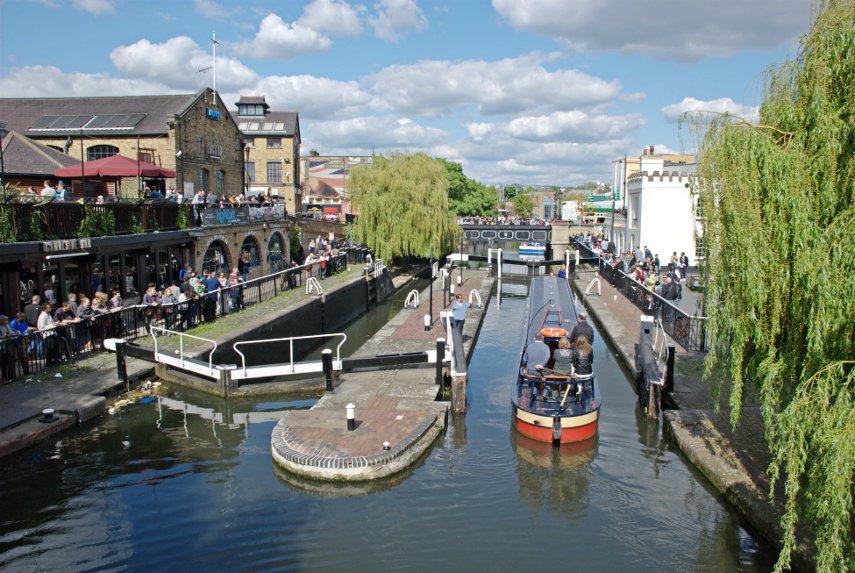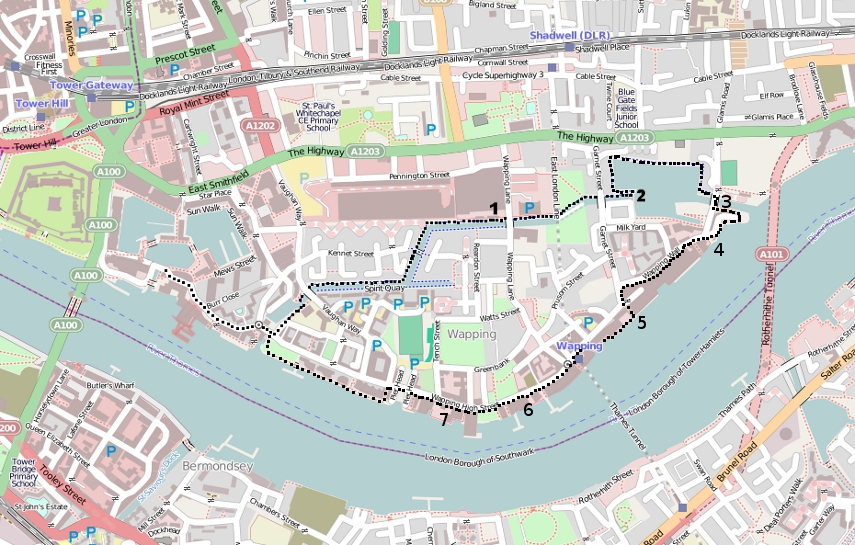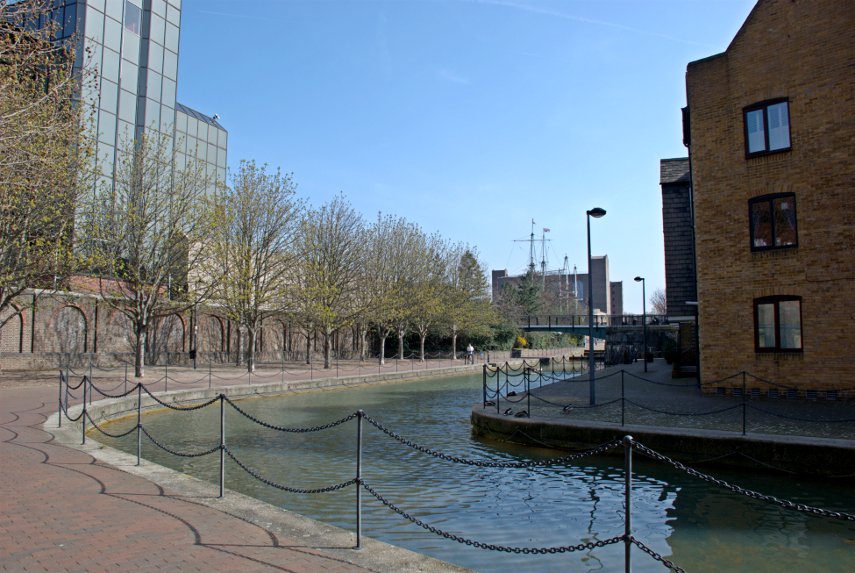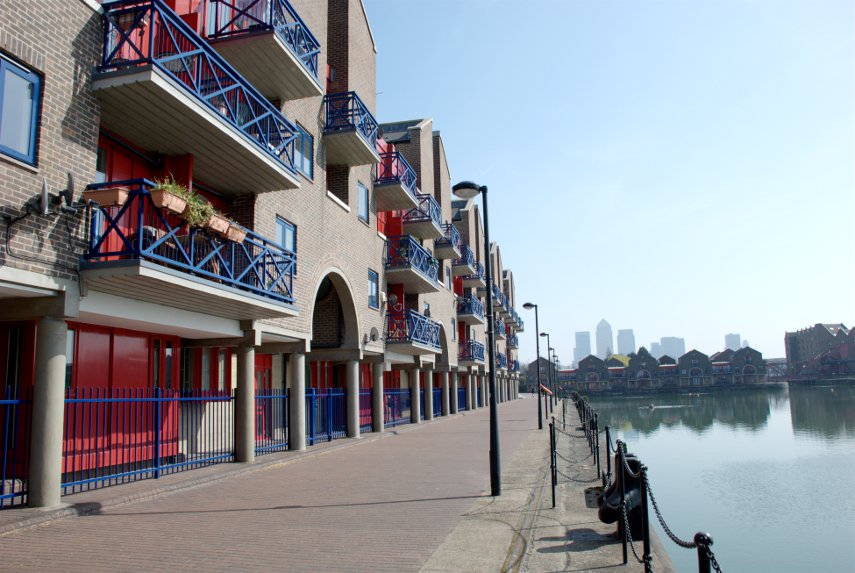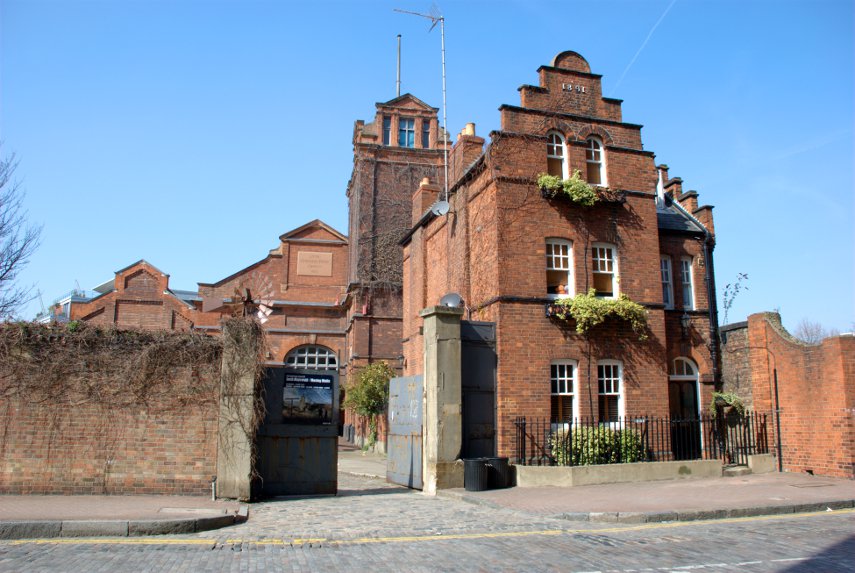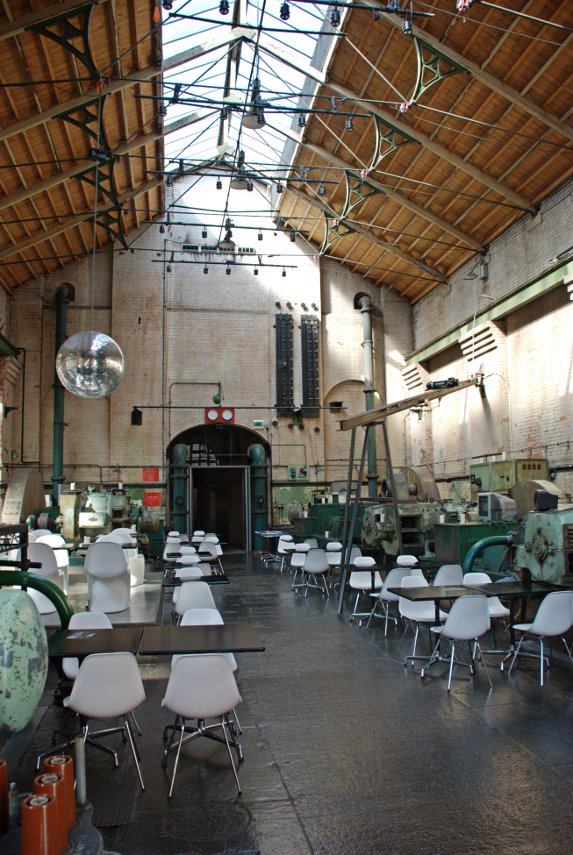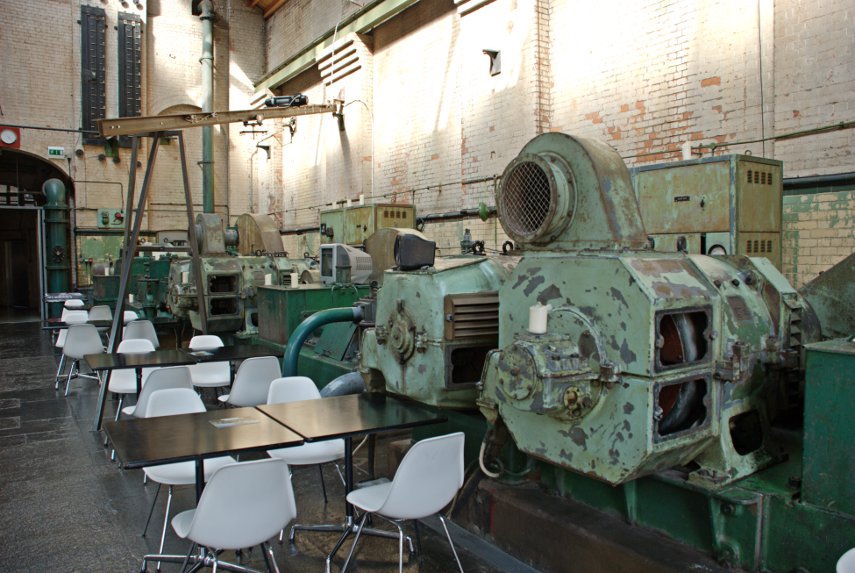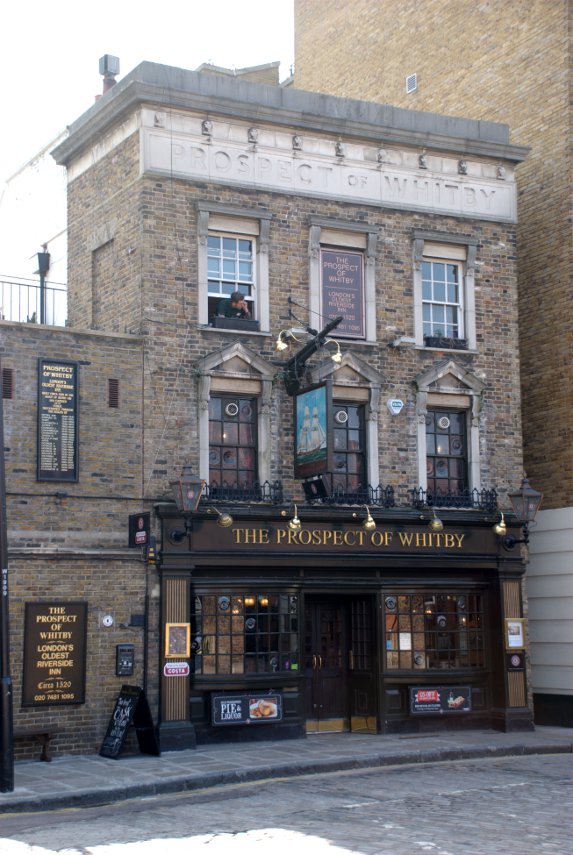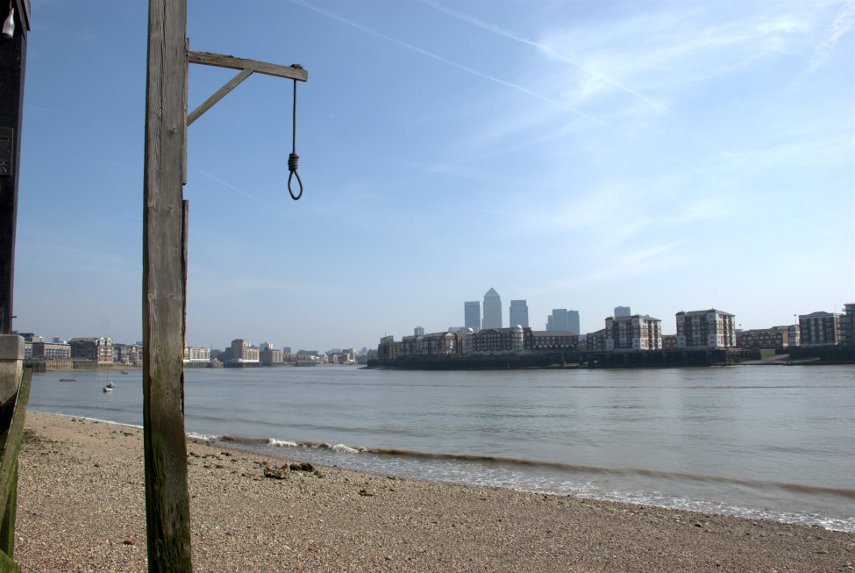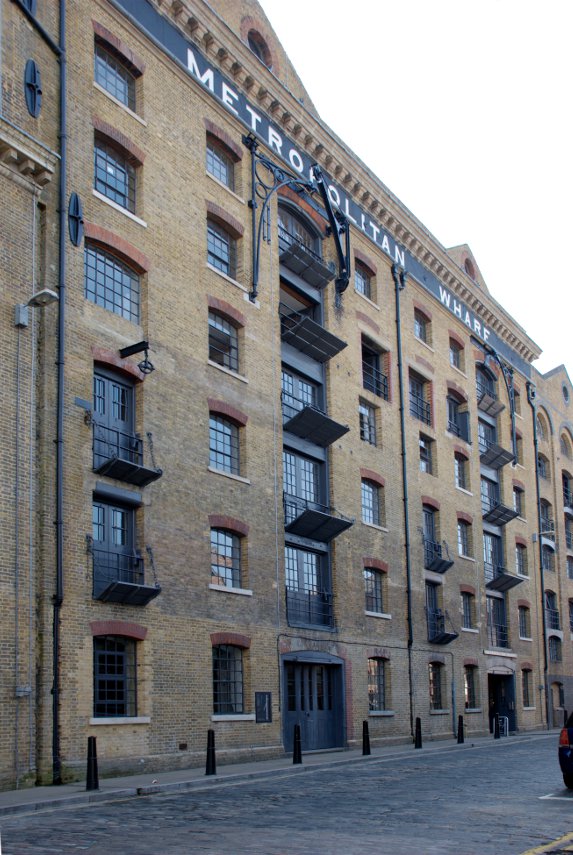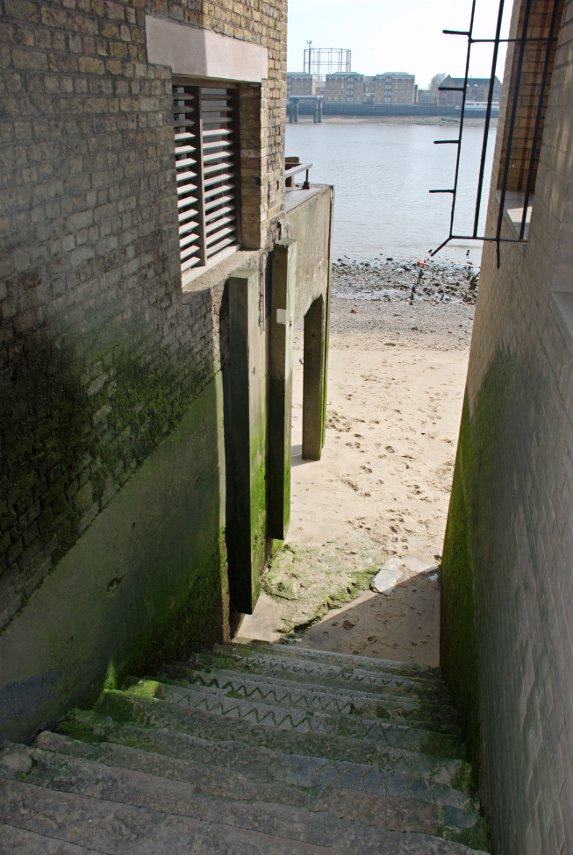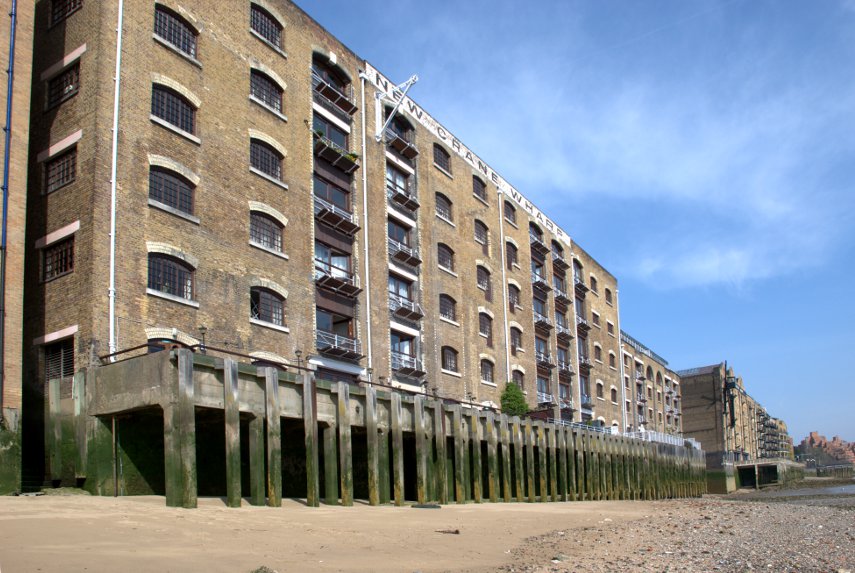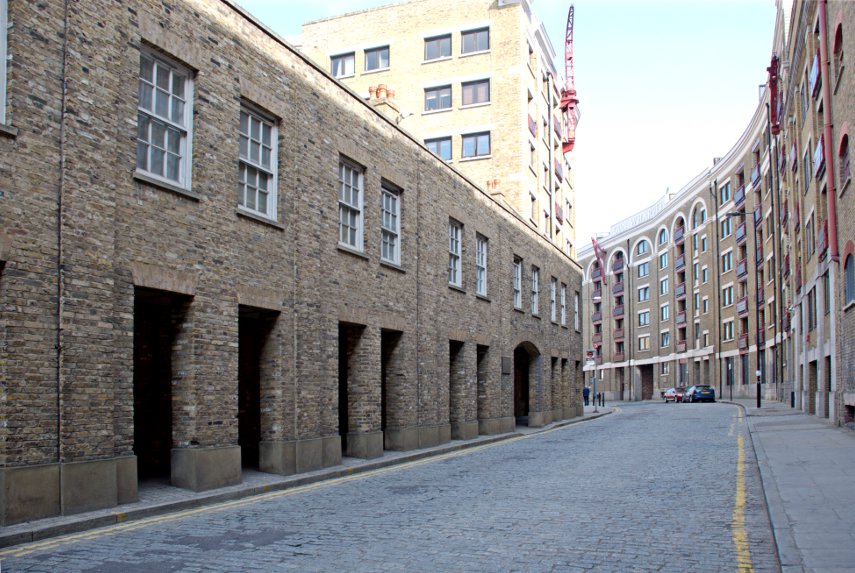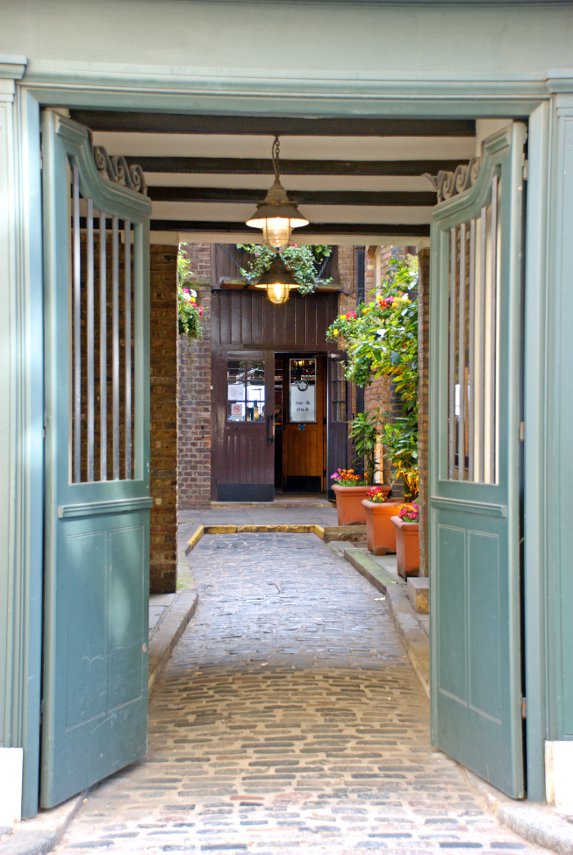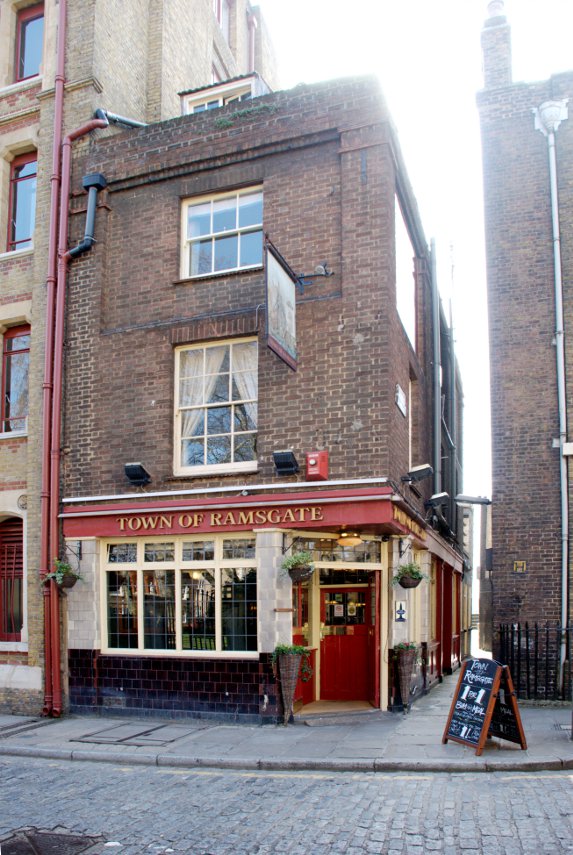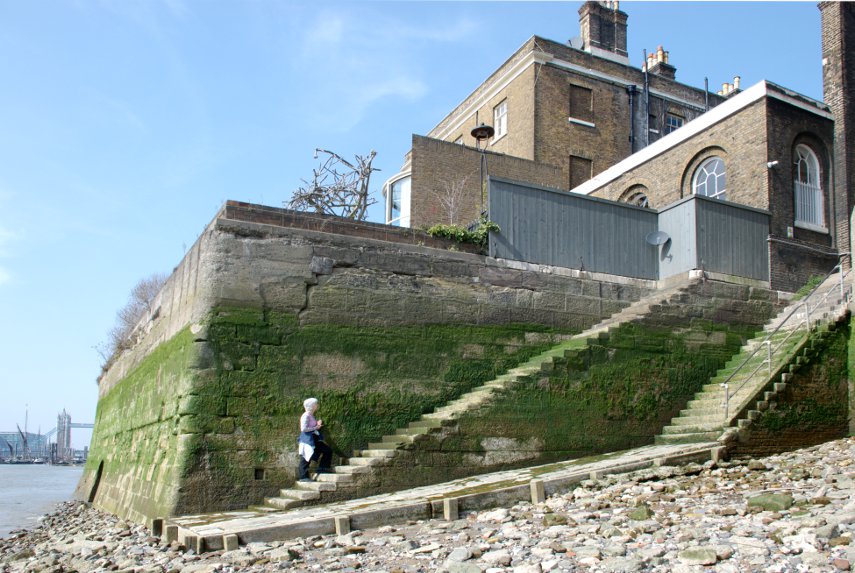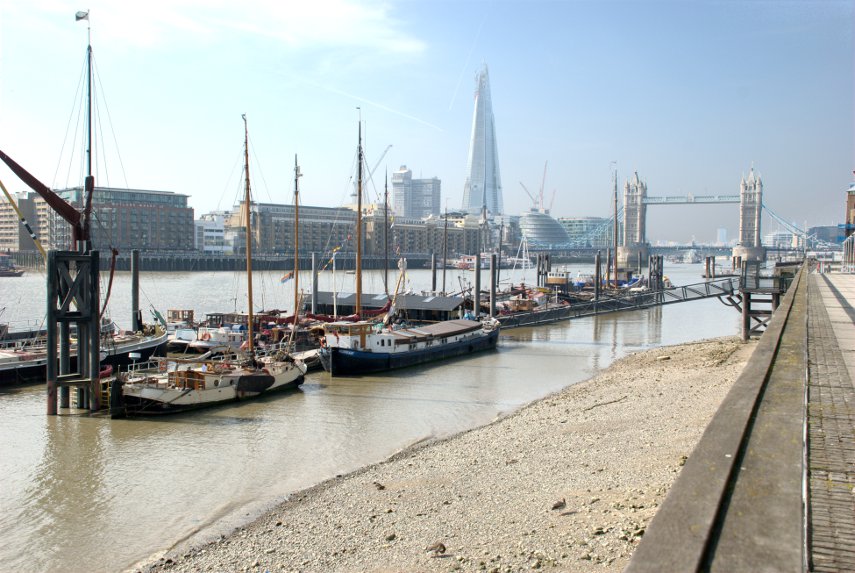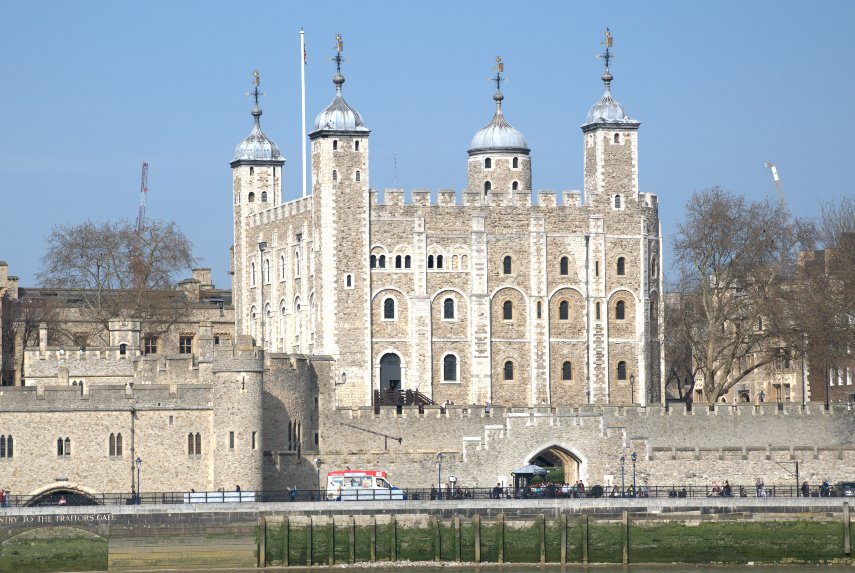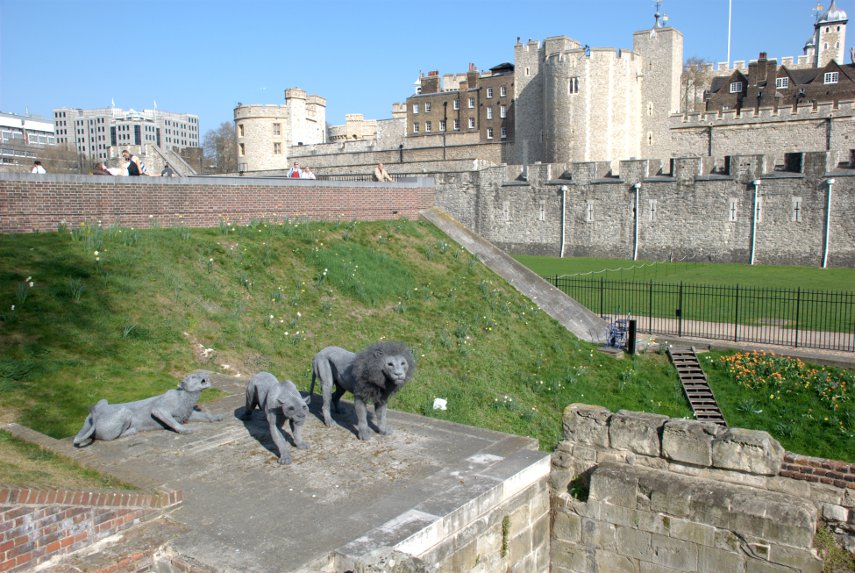Trains, Cranes and Cobbles
Chance is a fine thing. Our weather forecasters invariably get it wrong but occasionally a forecast will turn out to be right purely by chance. Saturday was one of those forecasts. It was forecast to be sunny all day and so it was.
We leaped on a train, figuratively speaking, and leaped off at Stratford (one station before our normal terminus – Liverpool Street Station). There are two stations at Stratford now; the one that we just used, which has been there a long time, and Stratford International which is relatively new. It's called Stratford International because the international trains don't stop there (what?). They were supposed to but the train operators refused to stop there because it's only a few minutes out of St. Pancras. However they were threatened with being forced to stop there so they agreed to re-examine the situation after the Olympics. We shall see.
However there are trains that stop there which go to parts of Kent. Well that's foreign because it's south of the river and we are thinking of taking a day trip down into Kent at some point so we thought we'd see what was involved in getting from one station to the other.
This map shows the relationship between the two stations with Stratford International just below the top (Blue lettering), Stratford Station just below that and to the right (grey lettering) and the Olympic Statium lower down and to the left.
The large grey/brown block between the two stations is the Westfield Shopping Centre. It turned out to be a fairly straightforward walk through the shopping centre from one station to the other so we'll know for next time.
Having walked to Stratford International we didn't have to walk back because we were then going on the Docklands Light Railway, henceforth known as the DLR, to Blackwall. We managed to get a front seat looking out the window so I took a few photographs on the journey.
This one is as we were leaving Stratford Internaional because I thought that arch looked rather graceful.
A little further on and we were approaching Stratford and the Olympic Park with the stadium on the right and the strange twisty helter-skelter thing on the left.
One has to be very quick in composing a shot when trying to take photographs from a moving train and it's also tricky holding the camera steady whilst bouncing up and down with the train's movement but I managed this shot of the Millenium Dome as we went past.
We had to change trains at Canning Town to get to Blackwall and this is our next train arriving. They are rather cute. The nice thing is being able to sit behind the front window as there is no driver (they are controlled by computer).
Arriving at Blackwall DLR Station we went to start our walk. The first thing to do is look for the sign pointing to Billingsgate Fish Market and follow the wide paved path going out of the picture on the right.
So we did that. This brought us to a main road and a very short way away to the left was a short flight of wide stone steps which took us up to the edge of Poplar Dock.
It was nice to see, when this dock was redeveloped for housing, that the old dockside cranes were left in position.
Walking along the dock we saw a lot of boats and from here the cranes can be seen over to the left and a red DLR train in the distance on an elevated section of railway. Walking to the southern end of Poplar Dock we were able to cross into Blackwall Basin and see the buildings in Canary Wharf reflected in the water.
We also caught a glimpse of the Millenium Dome again just beyond these waterside apartments which we saw from the footbridge.
We eventually reached the lock which is the entrance to West India Dock with yet more, and larger, cranes just off Prestons Road. The buildings of Canary Wharf are prominent in the background.
On the other side of Prestons Road is yet another view of the Millenium Dome. That thing seems to pop up everywhere.
We eventually reached the western end of West India Dock and headed east along the other side of the dock and started to see a bit of greenery.
Bearing in mind that the London Marathon comes through here tomorrow we saw very few signs of that. Just a few TV broadcasting vans with dish aerials on their rooves but nothing else. We did wonder if there might be crowd barriers is place specifically to spoil any photographs I might want to take but, no, not a sign.
We reached No. 1 Canada Square which is one of the very tall buildings and went into the shopping centre at its base. This shopping area must go under a large number of the buildings because it is v-a-s-t. There are also free public toilets here if that interests you (and if you can actually find them – we did ![]() ).
).
We did finally find our way through to Cabot Square and emerged once more into sunlight and were surprised by a couple of little attractive cameo views that suddenly appear here from time to time.
We left Cabot Square and made our way north towards West India Quay, not to be confused with West India Dock which we have already passed, and we emerged from the left onto the footbridge in the distance just beyond the cranes.
This view was obtained by going up on to one of the DLR platforms of West India Quay station which is on an elevated section of the railway at this point. Yet more cranes which, I thought, looked a bit like Martian War Machines. Here is another view of the Martian War Machines with the DLR showing in the background in the station from which I took the previous view.
The area on the right of the footbridge includes some of the original docklands buildings which have been restored and fronted by the original cobbled surface. This includes the Museum of London Docklands and also numerous restaurants. Walking along here and looking at all the different menus one is rather spoiled for choice. We eventually decided on one particular menu at a restaurant called Henry's and decided to have lunch.
We were shown to a table in the sun with padded seats, which was nice, and our order was taken very soon after. Our drinks arrived first and our meals not long after that. Table service was very efficient but drinks and meals took longer than we would have expected although not too long so I expect the slight hold up was in the kitchen.
Amanda had roast belly of pork with dauphinoise potatoes and vegatables and I had pork schnitzel with red cabbage and sautéed new potatoes. We both enjoyed our meals and the food really was very good. So much so that I had to refrain from licking the plate. Amanda made the point that her dauphinoise potato was some of the best that she'd had.
The problem started when we decided to have a dessert. We placed our order and waited, and waited, and waited. We queried this a number of times and were told it would arrive soon. It didn't. We finally got our order 30 minutes after it was placed. Both of our desserts were cold items so no cooking needed. The desserts, like our main courses, were very nice and although we were given an apology I said that waiting 30 minutes really was unacceptable. They cancelled the cost of the desserts by way of compensation.
In spite of that long wait I think that it must have been an unusual problem because it was busy and obviously very popular so we will go back if we are that way again and give then another chance. From the point of view of table service and quality of food I would recommend them without hesitation.
We now headed to the Museum of London Docklands shown here in part of the restored warehouse with a cobbled frontage.
The museum is big with a variety of exhibits including some which try to show what the narrow streets of old London would have looked like.
After spending some time looking around we realised that we were both feeling tired and so decided to head for home. Leaving the museum we headed through the grassy Canada Place.
Then through Jubilee Park
and towards the nearest DLR station thence back to Stratford and on the train home. Our second trip of the year (our first being to meet Marie in London on her birthday).
























